Using ozobots to simulate agriculture technology
Lessons
# Overview of farming
Students will hear about precision ag techniques currently used in farming operations and some of the problems in food production. Students may benefit from taking GrowNextGen’s Today’s Agriculture e-learning course.
Files
# Ozobots
Students will explore ozobot use and develop a scratch program. Check out this video to see how they operate. Students will see an example of how ozobots might be used to simulate artificial intelligence.
Files
# Research
Students investigate agricultural problems that might be addressed by technological solutions.
Files
# Create
Students develop a solution to an agriculture-related problem using Scratch programming code in Ozoblockly.
Files
Teacher background
Maker spaces apply technology and robotics, and many are being created and used by students and teachers in Ohio. These can be focused on the number one industry in Ohio, agriculture and food production. The technology being used in agriculture is vast. Sensors are being used for many things, from determining crop yield to satellites providing self-driving capabilities for tractors. Many engineering principles are also used to minimize soil compaction (i.e. by using treads rather than tires) and to make life more efficient for farmers. Unmanned aerial vehicles (a.k.a. drones) are used to scout for pests and nutrient deficiencies or pathology.
This activity demonstrates a possible model for robotics and sensors, showing how a robot might recognize a weed or pest. It also gives students a chance to model a solution to a different problem in agriculture. There are many opportunities for students to use technology in agriculture!
Next gen science standards
Science and engineering practices
- Asking questions (for science) and defining problems (for engineering)
- Constructing explanations (for science) and designing solutions (for engineering)
- Developing and using models
- Obtaining, evaluating, and communicating information
Crosscutting concepts
- Cause and effect
- Patterns
- Systems and system models
- Stability and change
Disciplinary core ideas/content
- LS2A Interdependent relationships in ecosystems
- LS2D Social interactions and group behavior
- LS2C Ecosystem dynamics, functioning and resilience
- ESS2A Earth materials and systems
- ESS2D Weather and climate
- ESS2E Biogeology
- ESS3A Natural resources
- ESS3B Natural hazards
- ETS1A Defining and Delimiting an Engineering problem
- ETS1 Engineering Design
- ETS1B Developing possible solutions
- ETS1C Optimizing the design solution
- ETS2 Links among Engineering, technology, science and society
- ETS2A Interdependence of science, engineering and technology
- ETS2B Influence of engineering, technology and science on society and the natural world
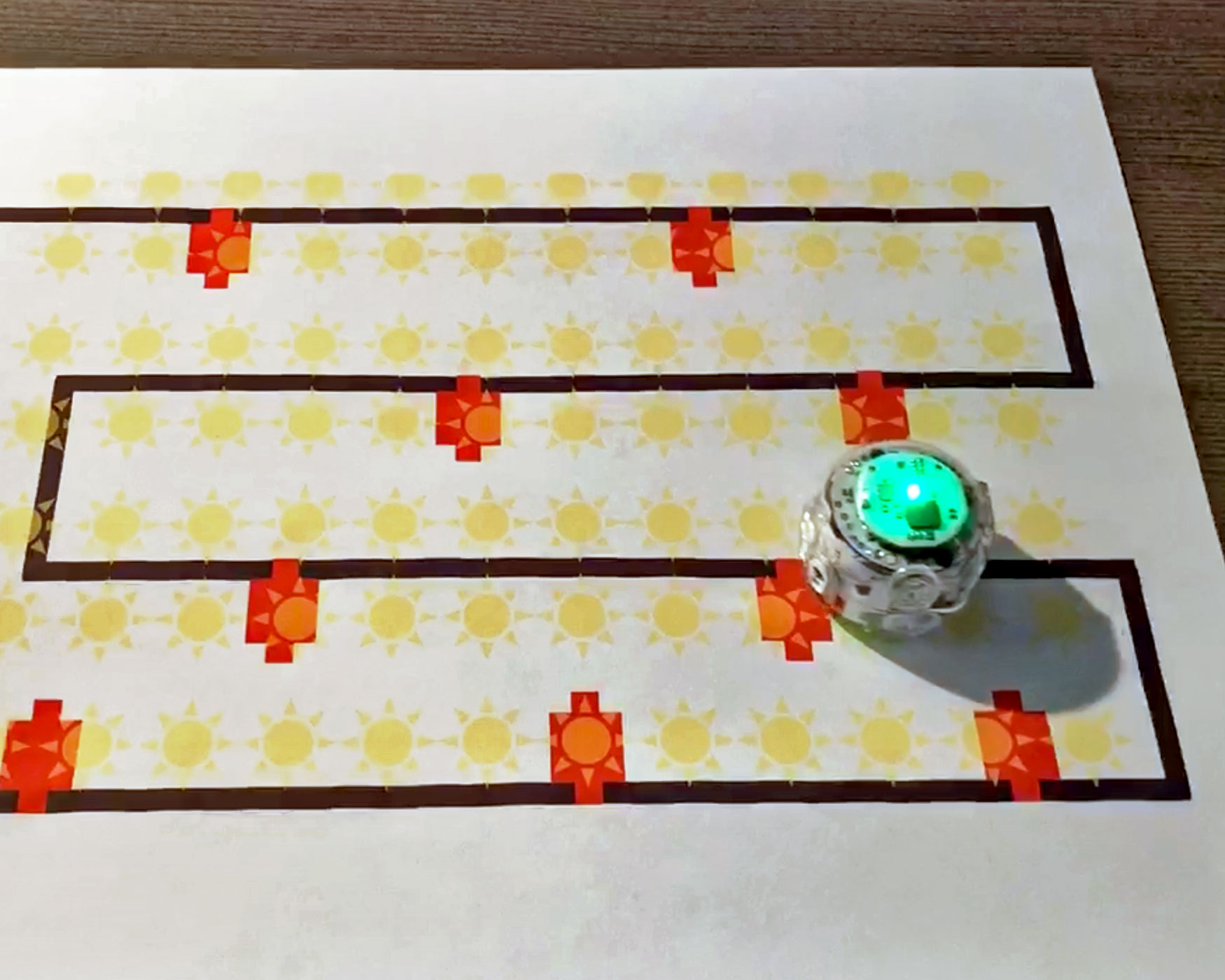
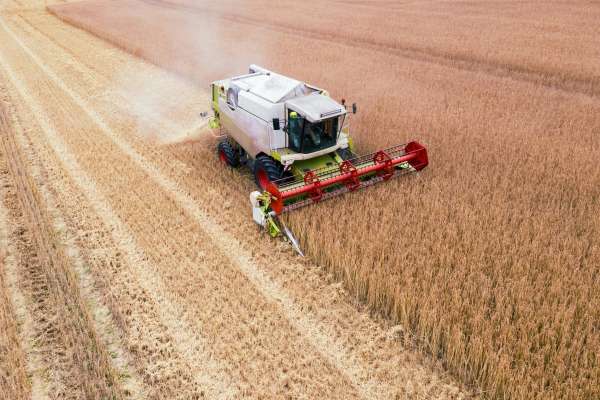
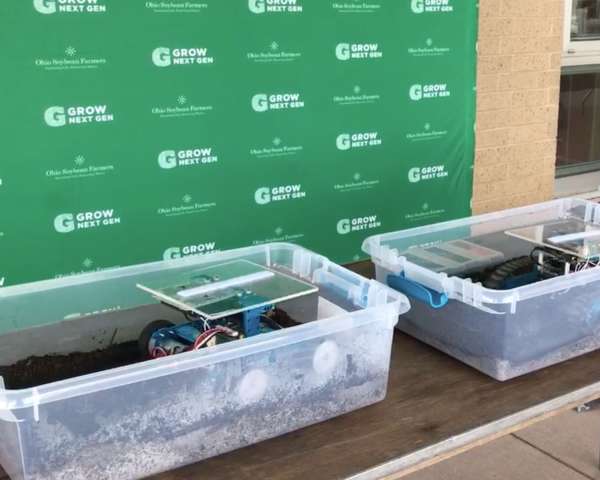
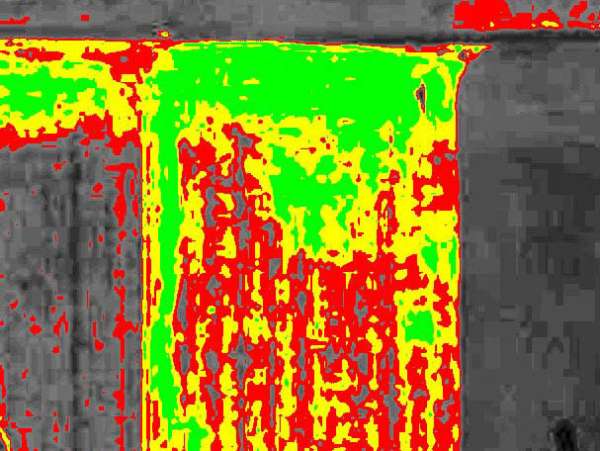
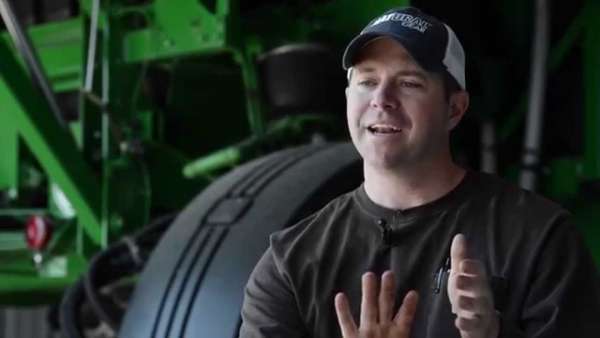
Share this